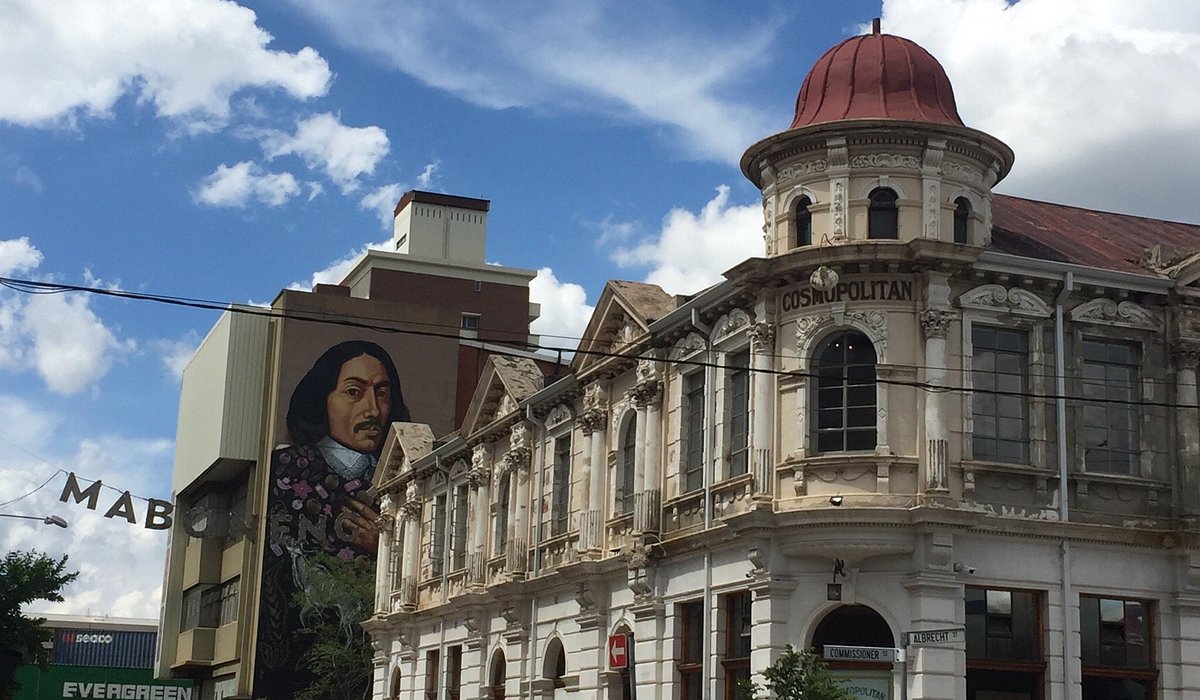See This Report about Johannesburg North Attractions
See This Report about Johannesburg North Attractions
Blog Article
See This Report on Johannesburg North Attractions
Table of ContentsJohannesburg North Attractions - The FactsThe 10-Minute Rule for Johannesburg North AttractionsThe 7-Second Trick For Johannesburg North AttractionsThe Main Principles Of Johannesburg North Attractions The Main Principles Of Johannesburg North Attractions A Biased View of Johannesburg North AttractionsJohannesburg North Attractions Fundamentals Explained
However you should keep safety in mind and visitors should remain alert at all times when in unfamiliar surroundings. Speak with the residents when you are in town to learn about the area you are remaining in. Johannesburg North attractions. When on the road (this does not put on mall and other secure environments) best general guidance is to try your finest to look like a local and to prevent showing any kind of kind of wealth
The Greatest Guide To Johannesburg North Attractions
Teacher Revil Mason O. J. (Thomson, 1946) discovered the Witwatersrand's pre-colonial history. His historical work blew up the 'em pty land' misconception, according to which the area was empty of human habitation prior to the arrival of European settlers. In his publications Prehistory of the Transvaal: A Record of Human Activity (1962) and Beginnings of Black Individuals of Johannesburg and the Southern Western Central Transvaal AD 3501880 (1986 ), Teacher Mason showed the degree of social and economic growth in the area before Europeans established foot right here.

The Single Strategy To Use For Johannesburg North Attractions
In 1878, David Wardrop discovered gold in quartz capillaries at Zwartkop, north of Krugersdorp. In 1881, Stephanus Minnaar came across gold on the ranch Kromdraai, near the Cradle of Mankind.
In March 1886, a protrusion (soon to be called the Main Reef) was found, fairly fortunately, on Gerhardus Oosthuizen's farm Langlaagte. Some say that the Lancastrian coal miner George Walker uncovered this coral reef. One more travelling English miner, George Harrison (who had formerly operated in Australian mines) obtained a prospecting permit in regard of Langlaagte in May 1886.
He decided to carry on in a mission for greener fields, and disposed of his Langlaagte case for the baronial amount of 10. Alas: beneath lay the wealthiest goldfield ever found. The discovery of this rich auriferous coral reef provoked a gold rush that signified completion of bucolic serenity in the southern Transvaal.
It would certainly, within six years, end up being the largest community in southern Africa. Within a years, it would certainly make the Z. A. R. up until after that an anarchical and bankrupt little state the wealthiest nation in Africa. By the turn of the century, the Z. A. R. was to go beyond Russia, Australia and the USA of America to become the globe's leading gold producer, creating greater than a quarter of the world's gold.
Things about Johannesburg North Attractions
It was called Ferreira's Camp, called after Colonel Ignatius Ferreira. He was a Boer adventurer upon whom the British authorities had bestowed the standing of Companion of one of the most Identified Order of St Michael and St George (entitling him to the post-nominal letters C. M. G.) in appreciation for his duty in the war that had deposed the Pedi king Sekhukhune in 1879.
Quickly the camp was bristling with outdoors tents and wagons as beginners got here daily from everywhere. By September 1886, some 400 individuals lived in Ferreira's Camp, which soon flaunted prefabricated iron and wood buildings. 2 various other camps were established: Meyer's Camp on the farm Doornfontein, and Paarl Camp. The latter was nicknamed Afrikander Camp; lots of individuals from the Cape Swarm resolved there.

Some Known Details About Johannesburg North Attractions
This name got money by word of mouth, such that the State Secretary attested the name to the Mining Commissioner on 9 October 1886. Stands in the village were auctioned on 8 December 1886. While some stands were cost 10, others were torn down for as little as sixpence.
Two years later on, these erven were to transform hands for as much as 750 each. The tented pop over to these guys camps diminished as a dorp of corrugated iron buildings established and increased north of the mines located along the Main Reef Roadway. Areas such as Jeppe's Town (where working-class immigrants erected their residences) and Doornfontein (where the affluent new 'Randlords' began to construct their luxurious homes) were quickly included in the ever-expanding map of the town.
See This Report on Johannesburg North Attractions
Aside from the street names, there were no signs of Johannesburg being situated in a Dutch-speaking country. Years later, C. W. Kearns O. J. (among the initial boys enrolled at St John's University in 1898) would certainly remember: 'An odd truth regarding Johannesburg was that, although it was in the [Boer Republic], nearly everyone talked English and also the Government servants addressed one in English, unless they were initial attended to in the Taal (or Low Dutch)'.
Britain had an interest in making certain ideal problems for gold manufacturing on the Witwatersrand, and that the gold was exported to London rather than Berlin an important provided all the a lot official website more clamant by the Z. A. R.'s increasing toenadering with Germany. Mine proprietors got on a crash training course with Head of state Kruger, whose policy of monopolistic giving ins (typically granted to his cronies) prevented mining firms from acquiring supplies of products (especially dynamite) and labour by themselves, less expensive terms
The Single Strategy To Use For Johannesburg North Attractions
In 1890, the Volksraad had restricted the franchise business to white men who had lived in the Z. A. R. for fourteen years or longer, therefore invalidating see page a lot of the immigrants (who occurred to be the significant factors to the fiscus). Frustration for the ballot was a mere pretext for promoting a different schedule; most uitlanders regarded themselves as short-term visitors and had no intention of remaining in the Z.
Report this page